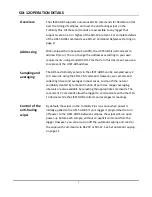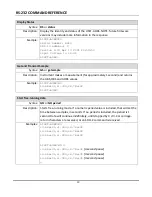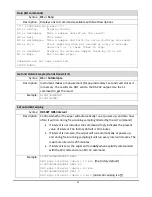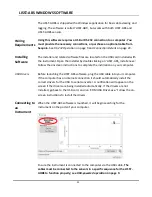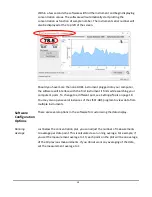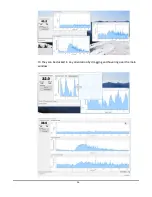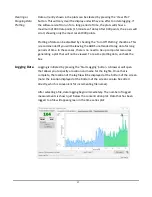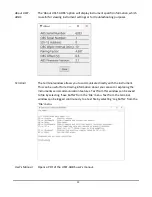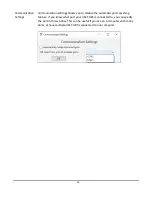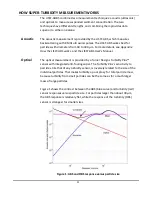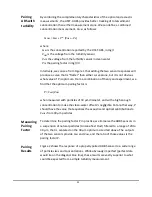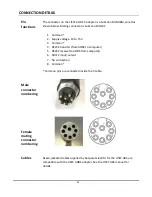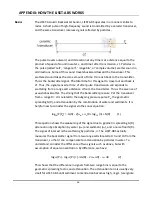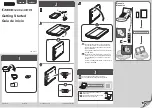
21
HOW SUPER-TURBIDITY MEASUREMENT WORKS
Acoustic
Optical
The LISST-AOBS combines two measurement techniques: acoustic (ultrasonic)
and optical, to measure suspended sediment concentration. The two
techniques have different strengths, and combining them provides data
superior to either one alone.
The acoustic measurement is provided by the LISST-ABS, which measures
backscattering with 8 MHz ultrasonic pulses. The LISST-ABS works best for
particles with diameters from 30 to 400 µm. For more details, see
, and the LISST-
ABS User’s Manual.
The optical measurement is provided by a Turner Designs Turbidity Plus
™
sensor with integrated anti-
fouling wiper. The Turbidity Plus’s sensitivity to
particles, like that of any turbidity sensor, is inversely related to the size of the
individual particles. That makes turbidity a poor proxy for total particle mass,
because turbidity from small particles can be the same as for a much larger
mass of large particles.
Figure 1 shows the contrast between the ABS (blue curve) and turbidity (red)
sensor responses versus particle size. For particles larger than about 30 µm,
the ABS response is relatively flat, while the response of the turbidity (OBS)
sensor is strongest for smaller sizes.
Figure 1: ABS and OBS response versus particle size
Содержание LISST-AOBS
Страница 2: ......
Страница 4: ...This page intentionally blank...
Страница 22: ...16 Or they can be docked in any orientation by dragging and hovering over the main window...

